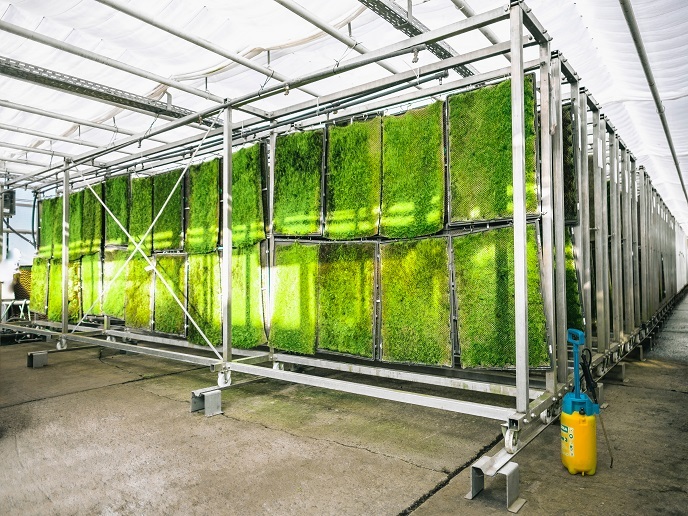Moss-based filters can measurably improve urban air quality in European cities
While EU and national anti-pollution policies and laws have greatly aided in reducing air pollution in Europe, more steps are needed to protect human health and the environment. The coronavirus pandemic has compounded the urgency to find solutions to poor air quality as fine dust pollution not only increases the risk of cardiovascular and respiratory diseases, as well as COVID-19 deaths. The EU-funded MossTree project provides an ingenious natural solution to improve air quality that is efficient, cost-effective and easy for cities to adopt. “Air hygiene is a valuable factor for human health. Several studies show that COVID-19 infections occur more frequently in areas with poor air quality and that the course of the disease is more severe,” explains Peter Sänger, project coordinator. So, with a pandemic looming with an unclear end in sight, MossTree addresses a much-needed urban solution.
Nature and technology create the CityTree installation
MossTree developed an urban green infrastructure based on a patented combination of the Internet of Things (IoT) and biotechnology. More specifically, the project team found that moss has the unique ability to filter fine dust particle matter and acts as an air purifier. They developed a CityTree installation combining moss with the latest IoT sensors that monitor the moss status in real time and automatically supply it with the required nutrients and water. The IoT sensors generate enormous amounts of real-time data on environmental performance, air quality and the condition of the biofilters. These biofilters not only refresh the air around the installations, they also help city residents keep their cardiovascular and lung systems healthier and more resilient to cardiovascular or respiratory diseases. The project team detected that the mosses could catch viruses. According to Sänger: “Coronaviruses have a diameter of 0,12 and 0,16 μm and can be filtered and inactivated by up to 20 %. Our latest tests proved this additional power of moss.” This indicated the effectiveness of the biofilters regarding viruses. Every measure to reduce the number of particles is a step to prevent an uncontrolled spread. Pollution levels differ substantially from one location to another and on a daily and weekly basis. As such, the project team doesn’t calculate how many biofilters a city like Berlin would need. “It is not necessary to clean the air from an entire city as the amount of air volume is too high,” explains Sänger. Instead, MossTree products fit perfectly to filter pollution and cool the air where people are, in climate city hotspot areas – where pollution meets people.
Project testing yields positive results and certification
During a 9-month period of testing indoors and outdoors, the team observed additional values such as cooling performance, moisturising capacity and capture of especially smaller particles like black carbon. “With these findings we optimised our uniqueness and selling points for clients and realised that despite the pandemic, we reached a turnover of almost EUR 1 million with the new biofilter generation,” concludes Sänger. Equally important is MossTree’s CE certification, which is an important quality label to increase trust and lower investment decision risks for prospective buyers. This enabled the first serial production for biological air filters.







